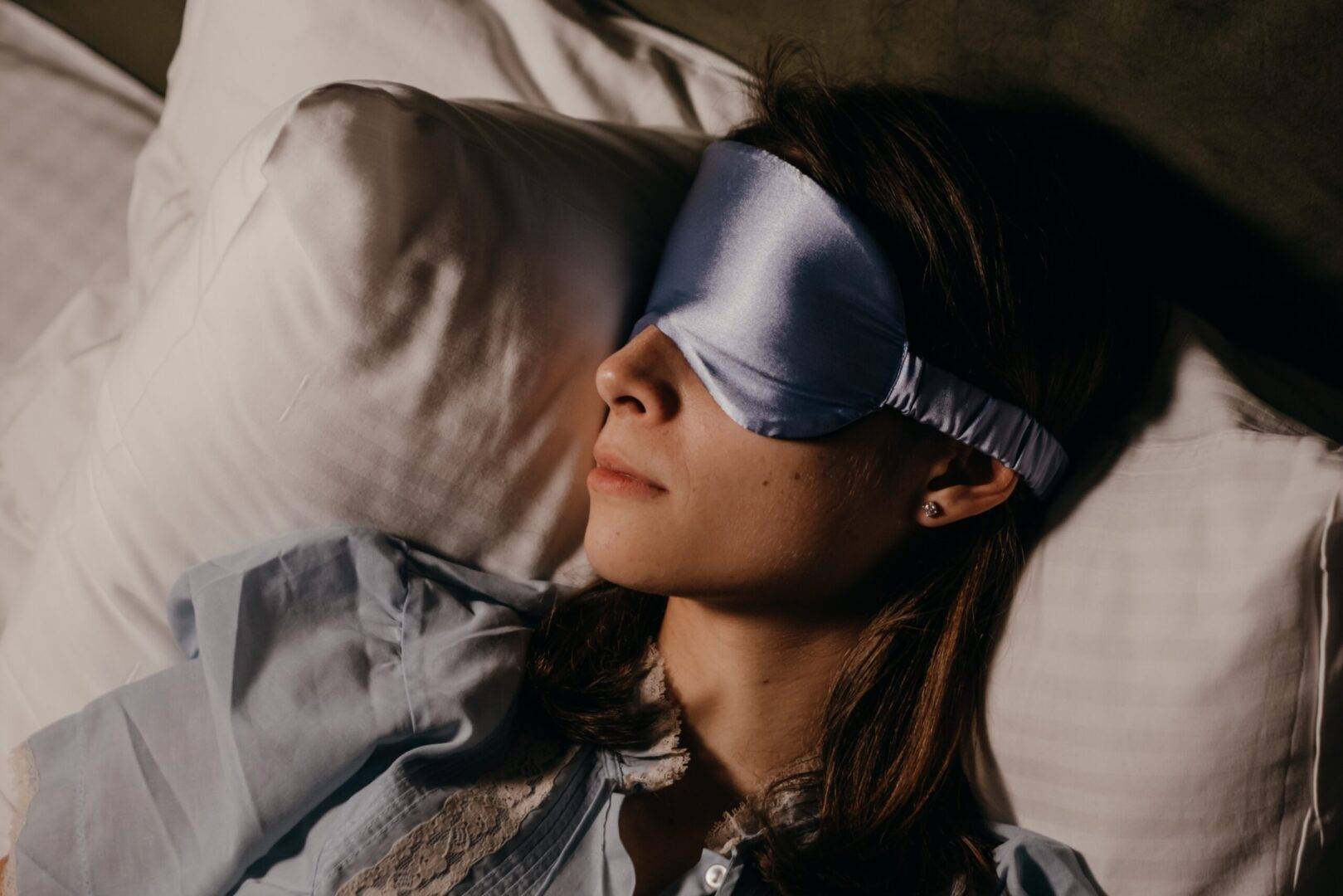“13 Ways to Make Yourself Fall Asleep”


Can’t seem to make yourself fall asleep?
I often hear individuals with ADHD say things like, “I want to sleep, but my body won’t let me” or, “It’s difficult to turn off my mind so that I can go to sleep.” Sure, keeping a regular wake schedule, expending energy throughout the day, and avoiding stimulating activities and foods close to bedtime help regulate sleep patterns. But to really prep for a good night’s sleep, it is also vital to send “it’s time to sleep” signals to the brain and body. One of the best ways to do that is through the senses.
Try these simple sensory-based approaches to help your body get the message that it is time to rest.
[Get This Free Download: How to Sleep Better with ADHD — A Guide for Adults]
How to Make Yourself Sleepy: ‘Sense-ible’ Ways to Rest the Body and Mind
Sight
- Block out as much light as possible. Close your door, hang light-blocking curtains over windows, and consider an eye mask if you are still bothered by other sources of light (like the digits on your alarm clock) when trying to sleep. Of course, try your best to avoid screen time in the hour before bedtime.
- If you do need light, consider investing in a dim red night light, which is less stimulating to the eyes.
- As you close your eyes to sleep, visualize yourself drifting off to a calm and peaceful place.
Sound
- Block ambient noise with ear plugs or earmuffs if you’re ultra-sensitive to sounds.
- If you have trouble sleeping when it’s too quiet, try white noise or pink noise machines/apps or a fan that will fill your space with calming neutral sounds.
- If you like to listen to music to fall asleep, choose slow-tempo tunes rather than fast, complex ones.
- While lying down, take long, deep breaths to relax your body. Listen to your breathing, too, to give your mind something on which to focus.
Smell
- Well-known calming scents like lavender and jasmine can help you relax prior to bedtime. Bring these aromas to your bedroom through unlit candles, sprays, diffusers, and/or other methods.
- Is your laundry detergent too strong? Strong scents and additives on bed linens can actually keep the mind alert when it really wants to relax. Consider scent-free detergents and linen sprays.
Taste
- If you brush your teeth immediately before bed, consider an alternative to mint-flavored toothpaste, dental floss, and/or mouthwash, as this strong flavor could encourage alertness.
[Read: Your ADHD Brain Needs More Sleep — How to Get It]
Touch (Thermosensation and Proprioception)
- Proprioception is the sense that allows us to feel our body’s position in space. A supportive mattress can provide the right kind of pressure and sensory input to aid with sleep. Don’t forget about your pillows and linens, too; find fabrics and sleep supports that are soothing in texture and weight.
- A cool (not cold) room is ideal for sleep, so experiment until you find the best temperature that encourages your body to slow down and rest.
- Try a progressive muscle relaxation exercise, a method that has been proven to help reduce stress and relax the body. As you’re lying in bed (on your back), notice your body and its limbs, from head to toe. As you focus on each part, notice the heaviness of your relaxed muscles. Then, squeeze the muscles on that part of the body for a few seconds, and then release tension. Continue working on this relaxing exercise until you’ve reached your feet.
How to Make Yourself Fall Asleep: Next Steps
SUPPORT ADDITUDE
Thank you for reading ADDitude. To support our mission of providing ADHD education and support, please consider subscribing. Your readership and support help make our content and outreach possible. Thank you.
















Leave a comment